Researchers have incorporated nanotechnology, material science, and the clinical imaging modality MRI, to create a nanosized probe capable of noninvasively visualizing and quantifying the blood vessel growth in tumors in a preclinical model.
Jul 26th, 2010
Read more
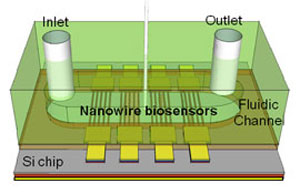 UT Dallas nanotechnology researcher Walter Hu has received a $400,000 grant to develop an innovative and manufacturable nanoelectronic biochip that can detect individual molecules.
UT Dallas nanotechnology researcher Walter Hu has received a $400,000 grant to develop an innovative and manufacturable nanoelectronic biochip that can detect individual molecules.
Jul 26th, 2010
Read more
A Cardiff University researcher has secured a highly sought-after Leadership award which could propel her research onto the world stage.
Jul 26th, 2010
Read more
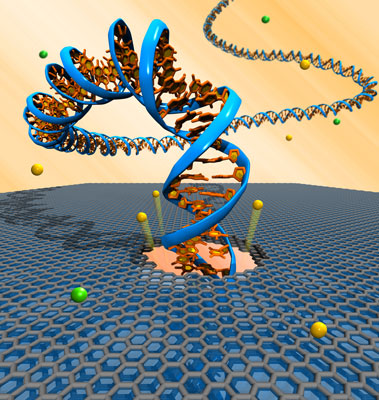 Researchers at the University of Pennsylvania have developed a new, carbon-based nanoscale platform to electrically detect single DNA molecules.
Researchers at the University of Pennsylvania have developed a new, carbon-based nanoscale platform to electrically detect single DNA molecules.
Jul 25th, 2010
Read more
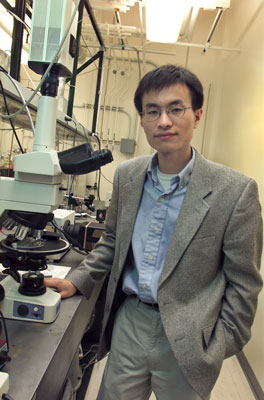 As part of a broad effort to achieve breakthrough innovations in energy production, U.S. Deputy Secretary of Energy Daniel Poneman today announced an award of up to $122 million over five years to a multidisciplinary team of top scientists to establish an Energy Innovation Hub aimed at developing revolutionary methods to generate fuels directly from sunlight.
As part of a broad effort to achieve breakthrough innovations in energy production, U.S. Deputy Secretary of Energy Daniel Poneman today announced an award of up to $122 million over five years to a multidisciplinary team of top scientists to establish an Energy Innovation Hub aimed at developing revolutionary methods to generate fuels directly from sunlight.
Jul 24th, 2010
Read more
Winners include research proposals looking at development of longer life secondary cells for electric vehicles and nanodiamond coatings in engineering applications.
Jul 24th, 2010
Read more
University of Queensland research has found the Nanopatch - a needle-free, pain-free method of vaccine delivery - is now dissolvable, eliminating the possibility of needle-stick injury.
Jul 23rd, 2010
Read more
A flexible, printable material 4-or-fewer-atoms-thick may be a high road to economical and convenient electrical power from the sun.
Jul 23rd, 2010
Read more
Astronomers using NASA's Spitzer Space Telescope have discovered carbon molecules, known as 'buckyballs', in space for the first time. Buckyballs are soccer-ball-shaped molecules that were first observed in a laboratory 25 years ago.
Jul 23rd, 2010
Read more
In co-operation with the German Asia-pacific Business Association, IVAM Microtechnology Network launches the third Japanese-German Micro/Nano forum within the framework of the Exhibition Micro Machine/MEMS in Tokyo.
Jul 23rd, 2010
Read more
The Nanosustain FP7 project is funded for three years and has the objective of developing innovative solutions for the sustainable design, use, recycling, and final treatment of nanotechnology-based products.
Jul 23rd, 2010
Read more
Researchers in Japan have developed photoluminescent glass capsules containing multiple CdSe/ZnS core/shell quantum dots that retain their photoluminescence properties. With high emission brightness and the durability of glass, the capsule can be used as a fluorescent reagent in a wide variety of bio-applications, from basic research to clinical applications. Its brightness and durability could make it useful as a phosphor for electronics.
Jul 23rd, 2010
Read more
A European project has developed a one-stop shop to support companies, especially SMEs, in the rapid design and manufacture of novel micro-devices for use in applications ranging from medical diagnosis to mobile phones.
Jul 23rd, 2010
Read more
Preise fuer exzellente, anwendungsorientierte Diplom- und Doktorarbeiten.
Jul 23rd, 2010
Read more
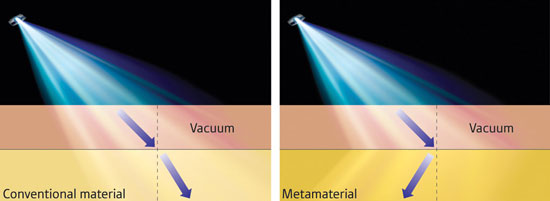 Unusual properties predicted in superconducting thin films could deliver perfect lenses and other novel applications.
Unusual properties predicted in superconducting thin films could deliver perfect lenses and other novel applications.
Jul 23rd, 2010
Read more
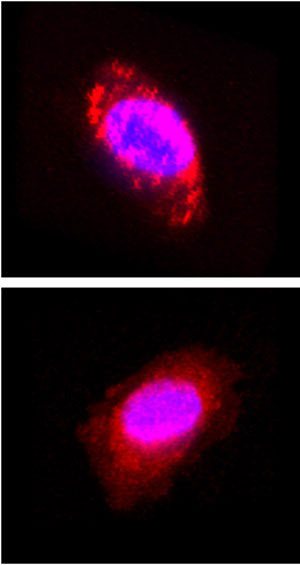 Surface-selective fluorescent labeling enables cell tracking in the body while preserving initial cell function.
Surface-selective fluorescent labeling enables cell tracking in the body while preserving initial cell function.
Jul 23rd, 2010
Read more






 Subscribe to our Nanotechnology News feed
Subscribe to our Nanotechnology News feed